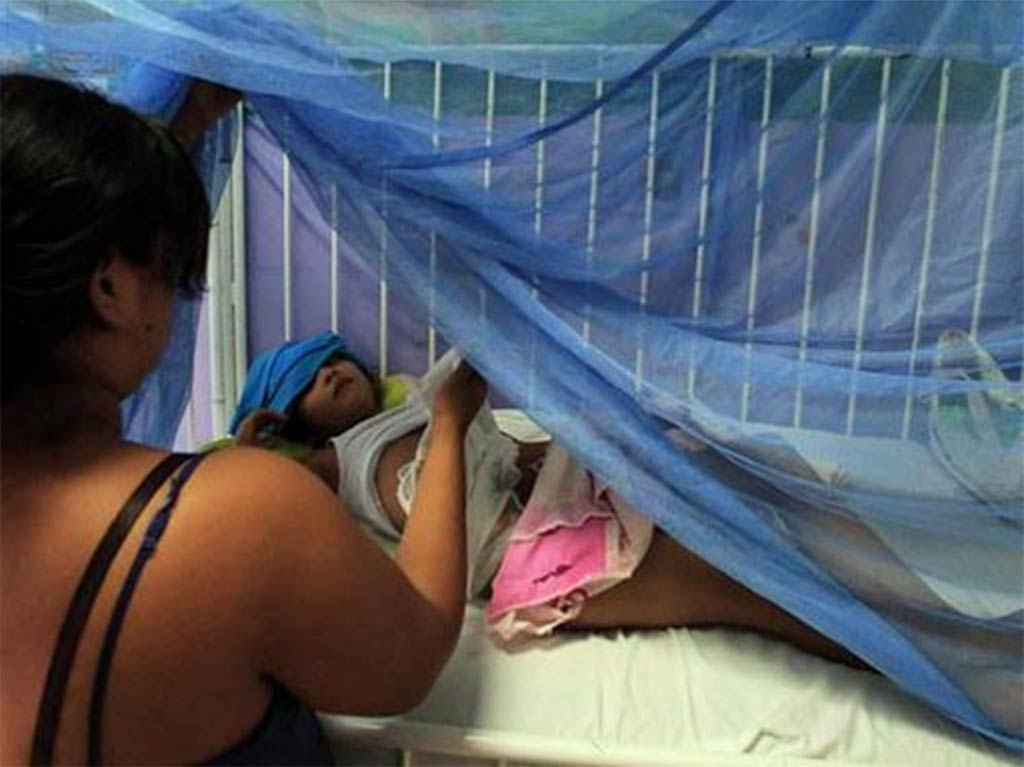Although cases continued to rise between 2020 and 2021, the rate was slower than that from 2019 to 2020. ear when 619,000 malaria deaths popped worldwide, compared to 625,000 in the first year of the pandemic and 568,000 in 2019. Last year saw an estimated 619,000 malaria deaths globally compared to 625,000 in the first year of the pandemic, and 568,000 in 2019, before the virus struck.
The global tally of malaria cases reached 247 million in 2021, compared to 245 million in 2020 and 232 million in 2019.
“We face many challenges, but there are many reasons for hope,” said the WHO Director-General Tedros Adhanom Ghebreyesus, who called for strengthening the response, understanding and mitigating risks, building resilience and accelerating research, there is a very reason to dream of malaria-free future.
In 2020, more insecticide-treated bednets (ITNs) – the primary defense in most malaria-endemic countries – were distributed than in any year on record.
And distributions in 2021 were strong overall, similar to pre-pandemic levels.
However, Benin, Eritrea, Indonesia, Nigeria, Solomon Islands, Thailand, Uganda and Vanuatu distributed less than 60% of their ITNs and Botswana, Central African Republic, Chad, Haiti, India, Pakistan and Sierra Leone did not dispense any.
In 2021, seasonal malaria chemoprevention – a highly effective, community-based intervention – reached nearly 45 million children in 15 African countries, which was a substantial increase from 33.4 million in 2020 and 22.1 million in 2019.
Despite successes, challenges continued and led the statistical field, particularly in Africa, which shouldered about 95% of cases and 96% of deaths worldwide in 2021.
pll/ro/crc










